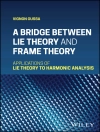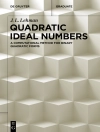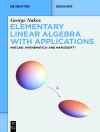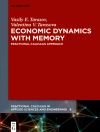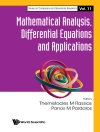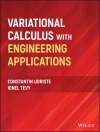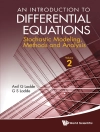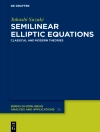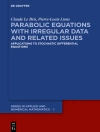The book collects chapters on operator theory as well as related approximation results and analytic inequalities. It discusses the properties of various types of operators, methods for approximating such operators, proximity point problems, applications of approximation methods in other fields such as engineering, and some analytic inequalities. It seeks to capture both the pure and applied aspects of the topics discussed. Several of the concepts covered in the book are fundamental to many aspects of applied science and engineering. The intriguing and novel aspect of the book is that it focuses on foundational aspects of the topics as well as reasonable application ideas and inputs useful information for practical applications in a variety of other scientific and engineering fields.
สารบัญ
Approximation by a Double Sequence of Operators involving Multivariable q-Lagrange–Hermite Polynomials.- Some Properties of the Parametric Baskakov–Cchurer–Szász Operators.- Approximation Process of the Fuzzy Meyer–König and Zeller Operators.- On Approximation of Signals in the Generalized Zygmund Class using (E, s)(N, qn) Mean.- Trigonometric Approximation of Signals belonging to lip (ξ(t), r) Class by (C, 1) (N, pm, qm)(E, θ) Means of Conjugate Fourier Series.- Turán-type Inequalities for the (p, k)-generalization of the Mittag–Leffler Function.- Multiplicative Generalized Hardy–Rogers-type F-proximal Non-self Mappings and Best Proximity Point Approximation.- Best Proximity Point Problems in G-metric Spaces and its Applications.- On a New Subclass of Bi-univalent Analytic Functions Characterized by (p, q)-Lucas Polynomial Coefficients via Sălăgean Differential Operator.- Sufficient Conditions for Generalized Integral Operators involving the Rabotnov Function.
เกี่ยวกับผู้แต่ง
Binod Chandra Tripathy is Professor at the Department of Mathematics, Tripura University, Agartala, India, since 2016. He has received his M.Sc. and Ph.D. degrees from Berhampur University, Odisha, India. With more than 35 years of teaching and research experience, his areas of interest are fuzzy set theory, sequences of fuzzy numbers, summability theory, sequence space, Sequences of complex uncertain variables, spectral theory, multiset topological space, neutrosophic topological space, etc. He has produced 21 Ph.D. students under his guidance. He has published more than 220 research articles in different journals of international repute. His H-index per Scopus database is 37 and per Google Scholar is 47. He is one of the world’s top 2 per cent scientists as per the survey done by Stanford University in the years 2020 and 2021.
Hemen Dutta is currently an Associate Professor of Mathematics at Gauhati University, Assam, India. Earlier, he also served three other academic institutions in different capacities. His main areas of research are nonlinear analysis and mathematical modelling. He has over 200 publications in the form of research articles, book chapters, conference papers, and books to date. He serves on the editorial boards of several prestigious journals and book series.
Susanta Kumar Paikray is Professor at the Department of Mathematics, Veer Surendra Sai University of Technology, Burla, India. He began his college-level teaching career right after having received his M.Phil. degree, in 2001, from Ravenshaw University, Cuttack, India. He has published 3 books, 10 book chapters, 12 papers in international conference proceedings, and more than 100 scientific research articles in peer-reviewed national and international journals of repute. His research interests are in summability theory, statistical convergence, Fourier series, operations research and inventory optimization.
Bidu Bhusan Jena is Assistant Professor at the Department of Mathematics, Veer Surenra Sai University of Technology, Burla, Odisha, India. He has published more than 45 research papers in various national and international journals of repute, 10 book chapters, and 03 papers in international conference proceedings. His research interests are in summability theory, statistical convergence, approximation theory, numerical-functional analysis and Fourier series.



